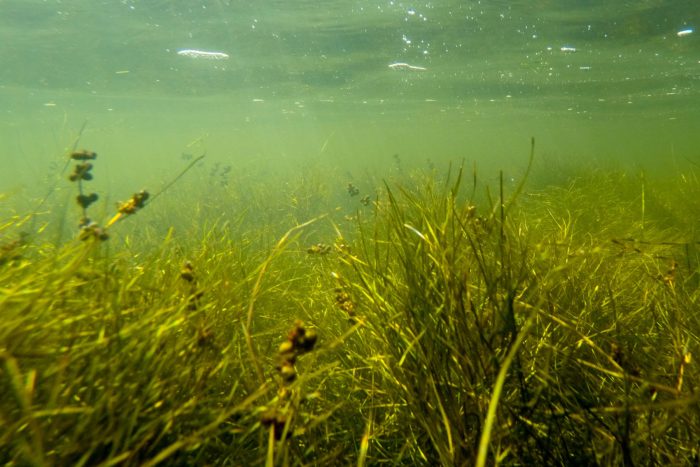Sago Pondweed
Potamogeton pectinatus
Sago pondweed is an underwater grass with bushy clusters of thread-like leaves that grow alternately along slender, branching stems. It grows in fresh to moderately brackish waters throughout the Chesapeake Bay watershed.

